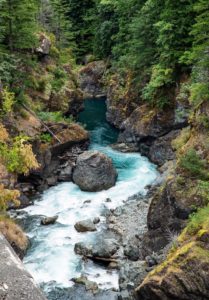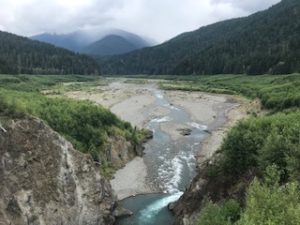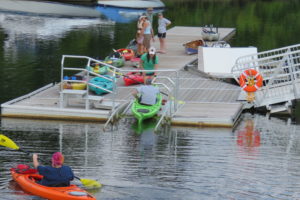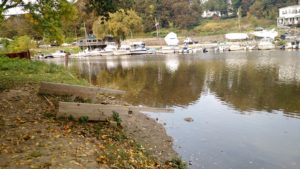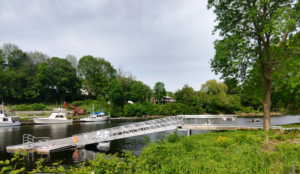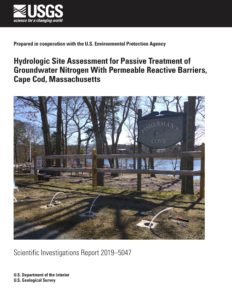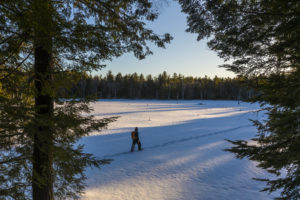Spring is a time for change! In addition to moving from Court Street to Islington Street last year, I recently dropped my landline so my 603-498-2916 line is my contact phone number now. Call or text and I’ll get back to you ASAP if I am not available or out of range!
The website and emails remain the same.
Enjoy the spring rains today!
